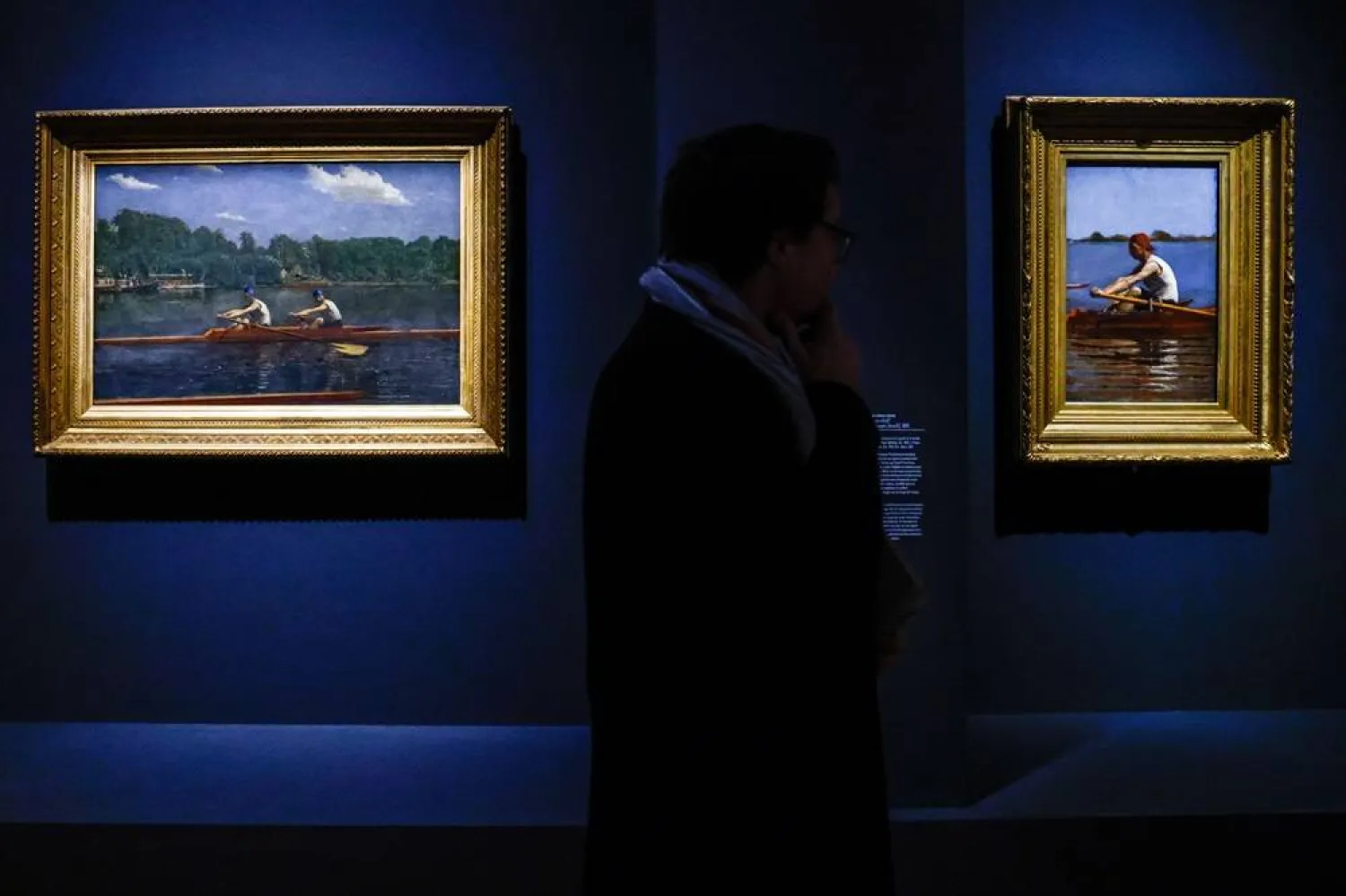Between events, the 14 million visitors expected in Paris during the Olympics will have the opportunity to nourish their minds in thematic exhibitions listed on the official application called "La Carte des Jeux" ("The Games Map").
During the 2012 London Games, museums in the British capital suffered s significant drop in attendance but Paris is hoping visitors will combine sports and arts from July 26-Aug. 11.
"In Paris, the configuration is very different: many events take place in the city - Concorde, Invalides, Grand Palais. So people will come out of their competition and immediately be close to a cultural place," Dominique Hervieu, the director of culture at Paris 2024, told Reuters.
A number of museums are staging sports-themed exhibitions over the next few months.
The Marmottan-Monet museum will be running an "Artists and sport, 1870-1930" exhibition until September featuring Claude Monet's "Regates at Argenteuil" and works by Gustave Caillebotte and Paul Signac, an eminent yachtsman of his time.
The Louvre, the most visited museum in the world, unveils an exhibition called "Olympism" on April 24.
Two days later, the Immigration museum will show "Olympism, a history of the world", which will highlight "the struggles in favor of equality, against racism and discrimination".
Among the many other cultural events are a grand ball on June 22 at the Orsay Museum reminiscent of the one organized during the 1924 Olympics in Paris and an exhibition of old photographs in the Tuileries gardens.









